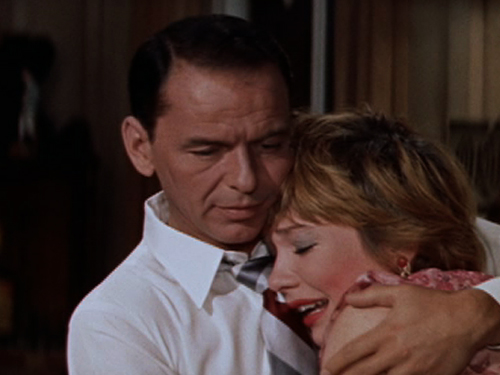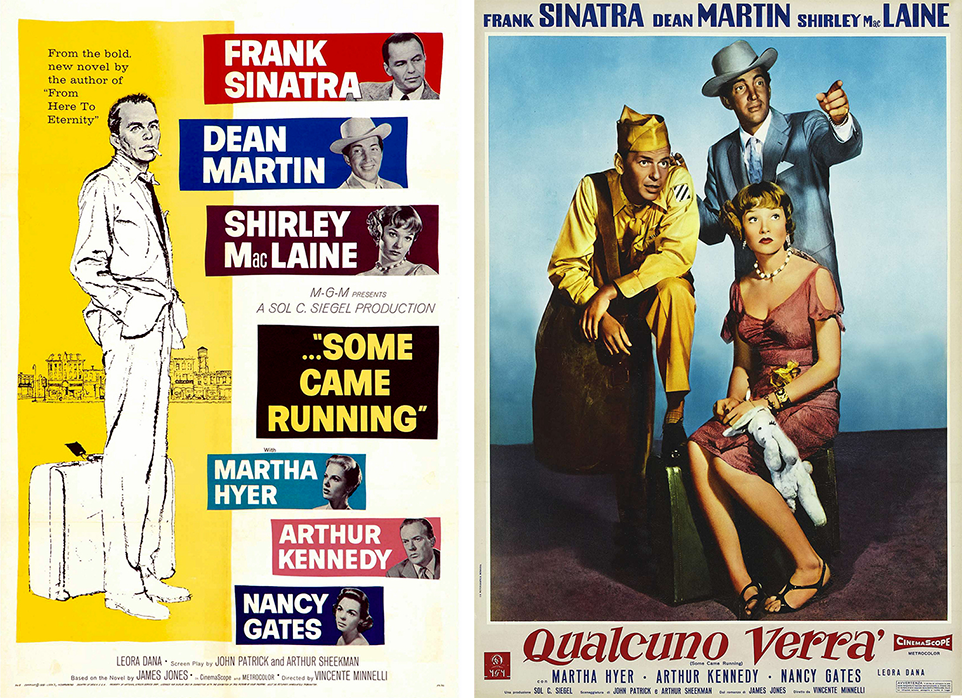
“Maybe have a little party, get some perfume or something.”
Ginnie Moorehead
“Dear Dave, first let me mix you a martini that’s pure magic. It may not make one’s problems disappear, but... it does reduce their size.”
Professor Robert Haven French
“For once, the French title corresponds to the American one and, most importantly, to the film itself. Comme un torrent (literally: Like a flood) is an enormous, poorly constructed machine – or not constructed at all to be more precise – that is entrancing because of its rough edges, its faults, its enthusiasm, its gratuity, its excess, its madness. The director, Vincent Minnelli, had enough of these to make musical upon musical. [...] His real domain is the melodrama. With it, Minnelli finds himself on solid ground; he is free to accentuate the romanticism of his direction and paint in large brush strokes, with his great sociologist and humanist’s talent, the particularities of the individuals in our modern world. [...] The continual disorder of existence makes up the film’s true subject. [...] Minnelli worked on his photography in each scene, without preoccupying himself too much with the rest: he gets the most out of each camera movement, each unusual and poetic framing, and out of Metrocolor – more impressionistic than realistic – that accentuate the confusion typical of modern life. A small town party, with the multiplicity of its shades, its impressive crowd movement and its crazy, even Grand Guignol, side grandiloquently closes this festival of a certain modern romanticism.”
Luc Moullet1
“In a letter he wrote to me in August 1997, Biette tells me that he has just discovered Some Came Running, from which he had previously seen only excerpts: ‘I liked it a lot […] this film made me discover two or three ideas in regard to cinema: first, Minnelli does not direct actors, he choreographs movements, gestures, intonations, which resolves harmoniously all the ferocious demands of psychology and dramaturgy [...]. But the idea, which goes beyond the case of Minnelli, that I discovered thanks to his film, is that there are three categories of films, roughly, films that are based on narrative, films that are based on dramaturgy, and films that are based on the cinematographic form. I’ll give examples: Walsh gives priority to narrative, while Minnelli gives it to dramaturgy; [...] in Minnelli, we are never really called upon by the narrative, while we are strongly engaged by the dramaturgy. I would put Renoir in this category, and also Rossellini, the atheist, and even Ford, with whom it’s the blocks of drama that count (I haven’t decided yet where Hawks belongs). As for the films of cinematographic form, I think, it’s easy to put on this side Eisenstein, Godard, Oliveira, Straub, in whose works neither narrative nor dramaturgy have priority. And what is good about this triple distinction is that it does not imply any hierarchization...’.”
Larysa Smirnova and Dmitry Martov in conversation with Pierre Léon about Jean-Claude Biette2

- 1Luc Moullet, ‘Some Came Running: Colorful’, 1958 [English translation by Ted Fendt at Howling Wretches]
- 2Larysa Smirnova and Dmitry Martov, ‘Cineastes and Cinephiles: An Interview with Pierre Léon about Jean-Claude Biette’, Undercurrent, 7 (2011). [Jean-Claude Biette (1942-2003) was a film critic at Cahiers du cinéma from 1960s till the 1980s. In 1991, he co-founded Trafic with Serge Daney.]